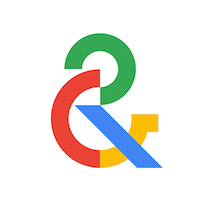What is Interior Design?
Interior design is a multifaceted profession that combines creativity with technical knowledge to create functional and beautiful indoor spaces. It’s about understanding how people interact with their environment and using design to improve their quality of life. Interior designers consider factors like space planning, color theory, lighting, and materials.
Key Concepts in Interior Design
Several core principles guide interior design:
- Balance: Achieving visual equilibrium in a space, either symmetrically or asymmetrically.
- Harmony and Unity: Creating a sense of cohesion where all elements work together.
- Rhythm: Using repetition or progression to guide the eye.
- Emphasis: Creating a focal point that draws attention.
- Scale and Proportion: Ensuring that objects relate well to each other and the space.
- Detail: The finishing touches that add character and refinement.
Deep Dive: Elements and Principles
Interior design relies on both elements (the building blocks) and principles (how to arrange them). Elements include line, form, space, texture, and color. Principles like contrast, pattern, and movement help designers orchestrate these elements into a cohesive whole. Color psychology plays a significant role in setting the mood and functionality of a room.
Applications of Interior Design
Interior design is applied across various settings:
- Residential: Homes, apartments, and condos.
- Commercial: Offices, retail stores, restaurants, and hotels.
- Institutional: Hospitals, schools, and government buildings.
- Hospitality: Designing spaces that offer comfort and service.
Each application requires a unique approach, balancing aesthetics with the specific needs of the users and the purpose of the space. Functional design is paramount.
Challenges and Misconceptions
A common misconception is that interior design is solely about aesthetics or choosing pretty furniture. In reality, it involves significant problem-solving, understanding building codes, accessibility, and sustainability. Budget management and client communication are also crucial skills. Designers must navigate complex client needs and site constraints.
Frequently Asked Questions
Q: Do I need an interior designer for a small project?
A: While not always essential for minor updates, a designer can offer valuable insights and prevent costly mistakes, even for smaller spaces.
Q: How much does an interior designer cost?
A: Costs vary based on project scope, designer experience, and fee structure (hourly, flat fee, percentage). It’s an investment in the final outcome.
Q: What is the difference between interior design and interior decoration?
A: Decoration focuses on surface treatments and furnishings, while design encompasses structural changes, space planning, and a deeper understanding of functionality and safety.


